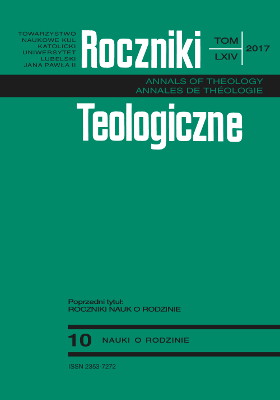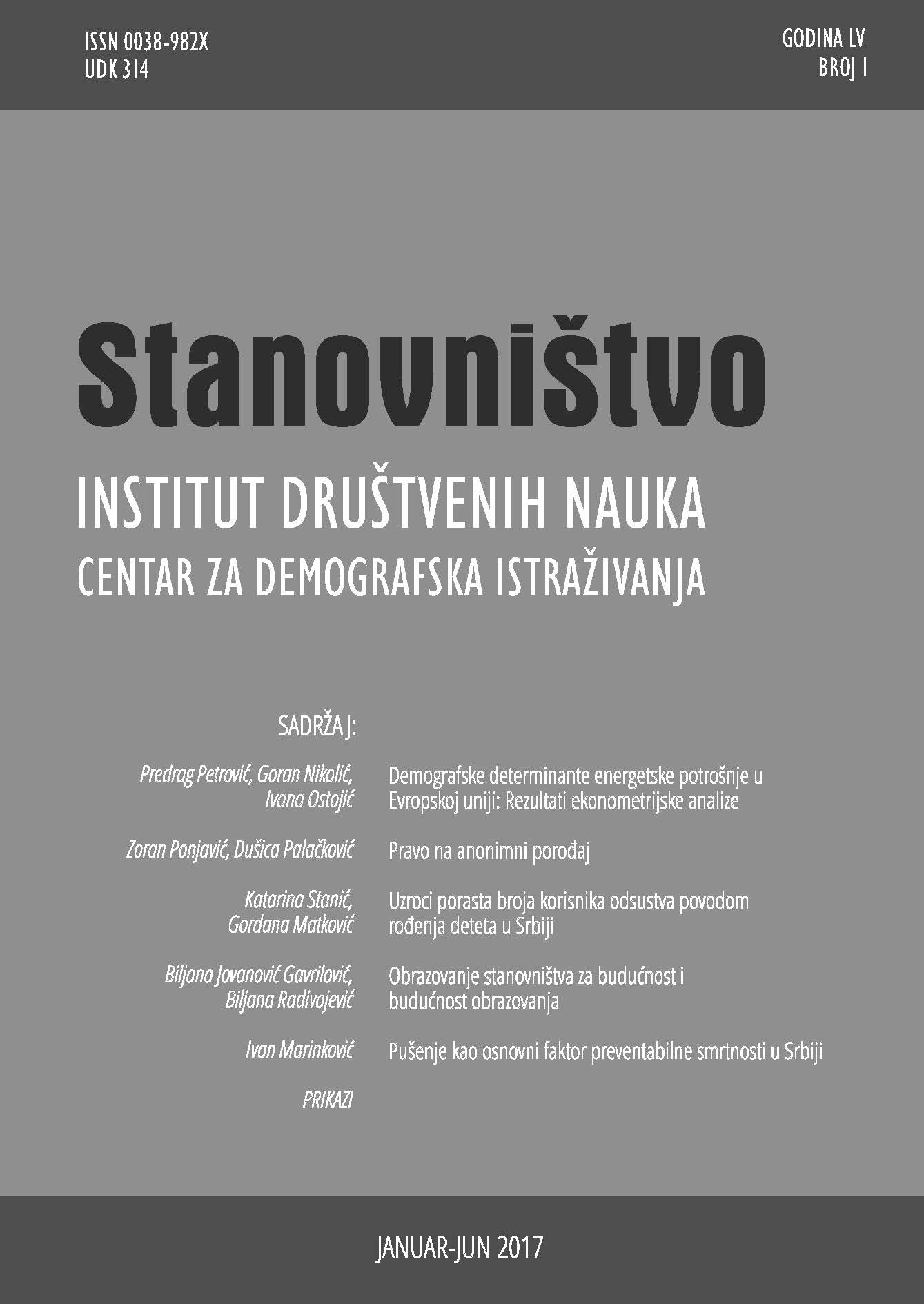
Uzroci porasta broja korisnika odsustva povodom rođenja deteta u Srbiji
Over the past number of years, the public expenditures for childbirth-related leave benefits have more than doubled – in 2015 amounted to 0.7% GDP in relation to 0.3% GDP in 2002. This increase can mainly be attributed to the increased number of beneficiaries that grew consistently from 24 thousand in 2002 up to 40 thousand in 2015, despite the fact that the annual number of live births has been almost continually decreasing and the registered employment has dropped by almost 20 per cent in the observed period.One of the clear reasons explaining part of this increase is the extension of 3+ order of birth leaves in 2006, from one to two years, which can explain the increase of around 3.5 thousand of beneficiaries. Another reason is high number of beneficiaries using special child-care leave meant for parents with children with disabilities, but which, in reality, is very often used simply as the extension of parental leave. The average number of special child-care leave beneficiaries in the second half of 2015 amounted to 2.8 thousand. When these two effects are taken into account, we still notice significant increase of beneficiaries of around 10 thousand in the observed period. Fictitious employment during the pregnancy can explain this increase to some extent. Available data unambiguously show that a number of women formally employing during the second and third trimester of pregnancy has increased from 800 in 2002 to almost 3.5 thousand monthly average in the second half of 2015. There are two flaws of the childbirth-related leave programme in Serbia, which together lead to the constant increase of the number of beneficiaries. First is the lack of flexibility of the programme, both in terms of eligibility for acquiring the right as well as in terms of flexibility in use. Maternity/parental leave benefit may acquire only those in „standard employment” i.e. employed under employment contract (and entrepreneurs) while other type of contracts is not eligible. Second problem is the loophole in the benefit calculation method and the inadequate special child-care acquiring procedure which brings about the inclusion error. This results in the increase of generosity of the program, in a selective way, which in turn jeopardizes the financial sustainability of the programme as a whole. The reform of the childbirth-related leave program should progress in two directions. First is the change of the benefit calculation method extending the calculation base period so that it disables misuse and inclusion error; enabling the right to those with flexible/non-standard employment; and tightening the eligibility criteria for special-care leave. Second array of reform should tackle the flexibility in use, allowing options such as taking a leave on part-time basis or taking longer periods of leave with lower benefits.
More...



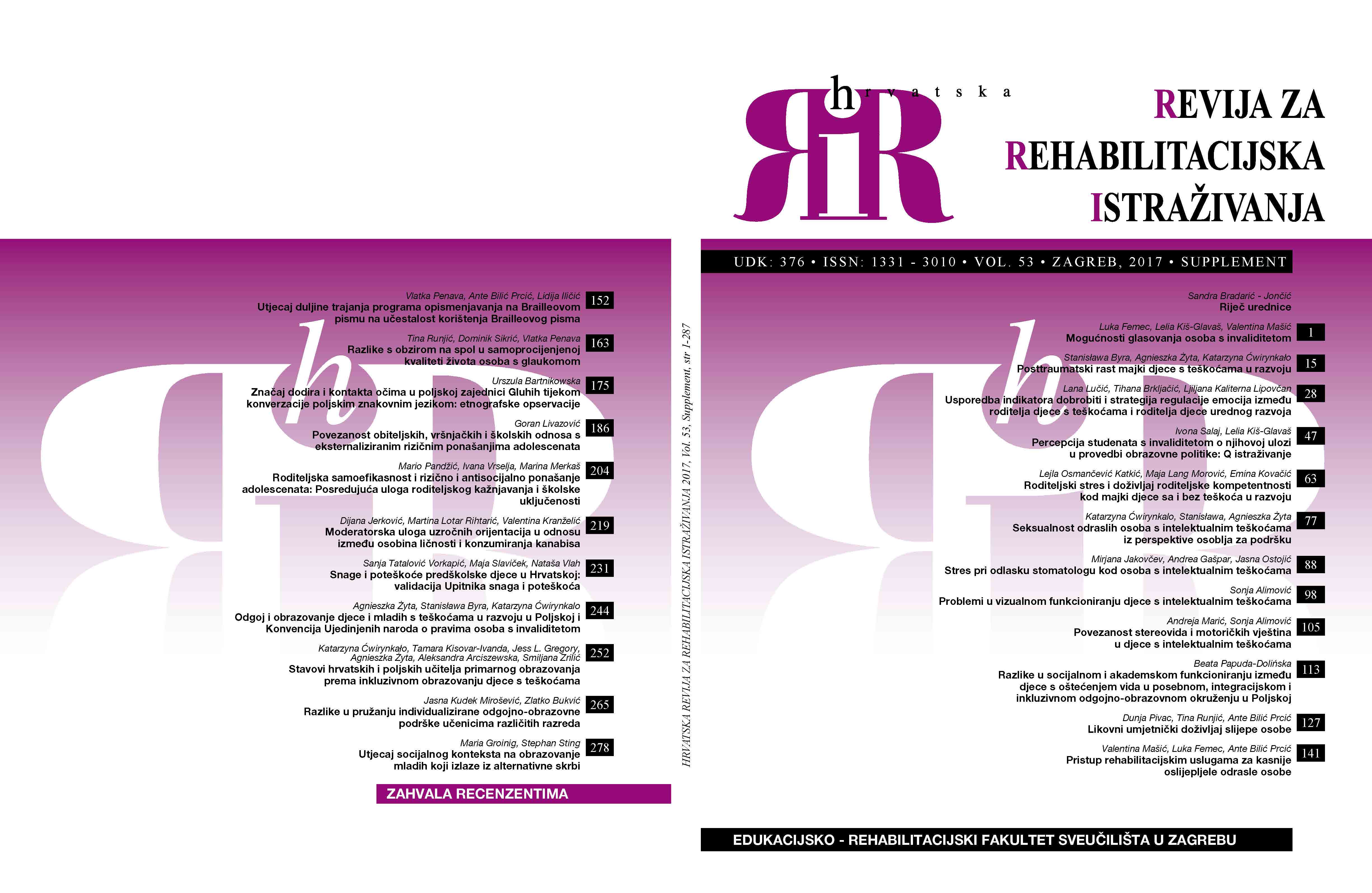
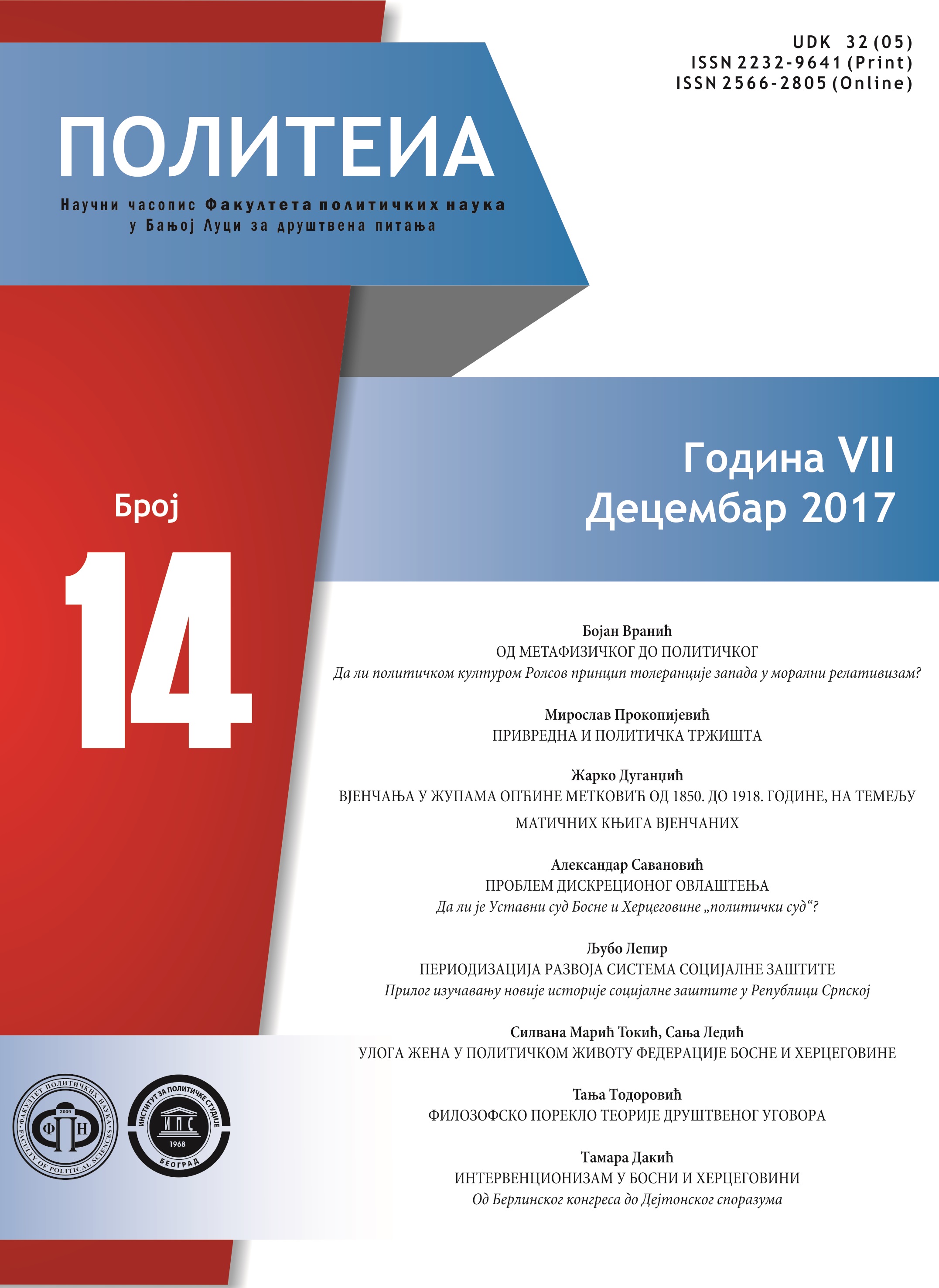

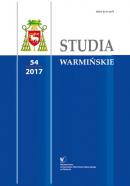
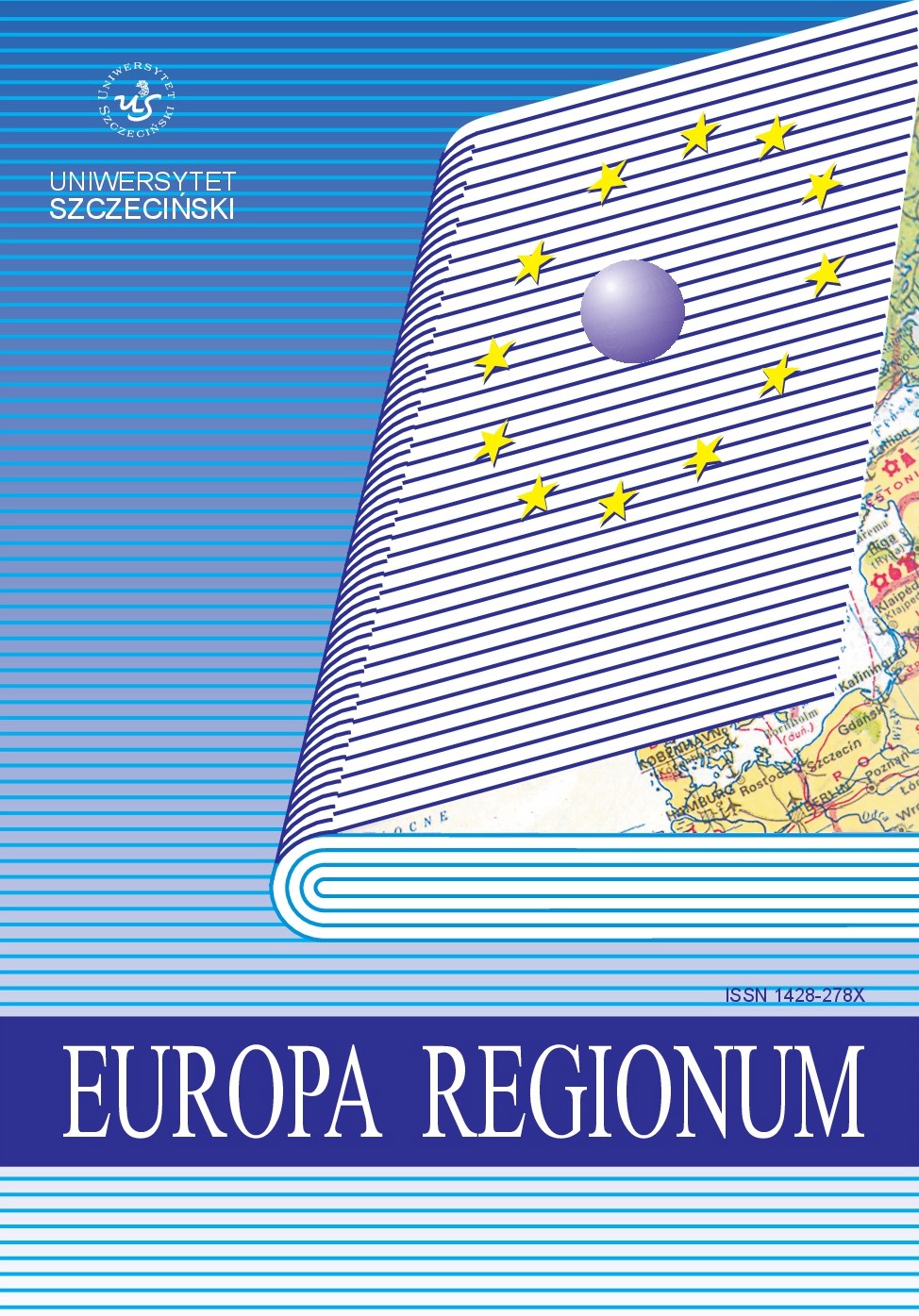
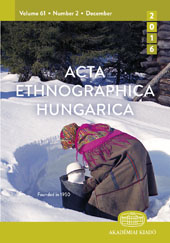
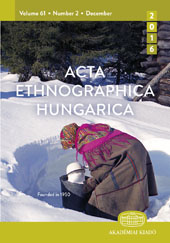
![CARING FOR T[]E INHERITANCE: ELDERLY CARE, INHERITANCE RIGHTS, AND SUBJECTIVE TENSION IN A VILLAGE FROM NORTHERN DOBRUJA](/api/image/getissuecoverimage?id=picture_2013_38130.jpg)
